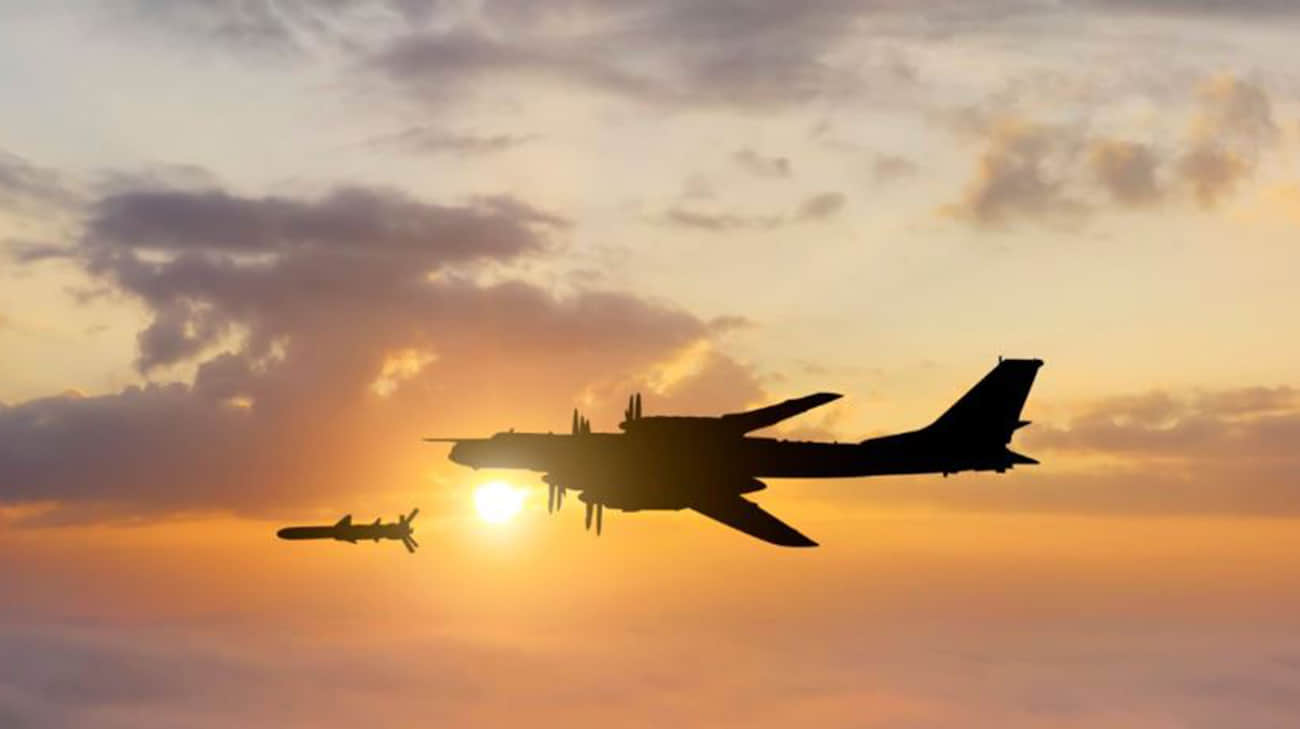“The British edition of the Financial Times got access to 29 secret documents of the Russian military from 2013-2014 with lists of targets, in particular, nuclear power plants, for a potential war with Japan and South Korea. Source: Financial Times citing Western sources Verbatim: “Strike plans outlined in leaked Russian military documents cover 160 objects, such as roads, bridges and factories, which were chosen as targets to stop “regrouping of troops in areas of operational appointment”.”, — write: www.pravda.com.ua
Source: Financial Times with reference to Western sources
literallybut: “Strike plans outlined in leaked Russian military documents cover 160 objects, such as roads, bridges and factories, which have been chosen as targets to stop ‘regrouping of troops in operational areas.’
Advertising:
Details: The documents cited by the publication refer to Moscow’s acute concern about its eastern flank. Russian military planners fear that the country’s eastern borders will be vulnerable in any war with NATO, as well as to attacks by US forces and regional allies.
The publication notes that the documents, which are mainly devoted to the preparation of officers for a potential conflict on the country’s eastern border in 2008-14, are still considered relevant for Russian strategy.
The documents contain, the newspaper writes, previously unknown details about the principles of using nuclear weapons and outline the scenarios of a military simulation of a Chinese invasion and strikes deep into Europe.
The article notes that Asia has become a central region in Russian ruler Vladimir Putin’s strategy for a full-scale invasion of Ukraine and, more broadly, confrontation with NATO.
The list of targets in Japan and South Korea was contained in a presentation designed to explain the capabilities of the non-nuclear variant of the Kh-101 cruise missile. The document contained the emblem of the combined military academy of the Armed Forces of the Russian Federation, an educational institution for senior officers.
The first 82 objects on the Russian target list are military in nature, such as the central and regional command headquarters of the Japanese and South Korean armed forces, radar installations, air bases and naval facilities.
The rest are civil infrastructure, including road and rail tunnels in Japan, such as the tunnel connecting the islands of Honshu and Kyushu.
Energy infrastructure is also a priority on the list: the list includes 13 power plants, such as nuclear complexes in Tokai, as well as oil refineries.
In South Korea, the main civilian targets are bridges, but the list also includes industrial facilities such as the iron and steel plant in Pohang and chemical plants in Busan.
“Russia’s plans show confidence in its missile systems, which, as it turned out, was exaggerated,” writes the Financial Times.
